的点评
Attractive Monastery
Capriana Monastery的点评
点评:Very appealing, with a history familiar to Moldovan monasteries - origins in 16th and 17th centuries, connection to Stefan cel Mare, shut down and used for a different purpose during Soviet era (in this case, as a sanitarium and warehouse). Capriana is especially iconic in Moldova - its image is on the 1 lei bill - and it definitely has the size and stature of a national treasure.
On the less positive side, it's difficult to navigate the monastery, especially if you visit early on a weekday with few tourists (as I did). Hard to tell which church is which (no information panels), the on-site museum was closed for apparent construction, and I never found the oak tree where Stefan Cel Mare allegedly rested after battle.
But still worth a visit. . . . I traveled from Chisinau to Crama Mircesti winery, stopping along the way at Capriana as well as Condrita, Hancu, and Hirjauca monasteries and the Codrii national park. Recommend that for anyone with a car.
On the less positive side, it's difficult to navigate the monastery, especially if you visit early on a weekday with few tourists (as I did). Hard to tell which church is which (no information panels), the on-site museum was closed for apparent construction, and I never found the oak tree where Stefan Cel Mare allegedly rested after battle.
But still worth a visit. . . . I traveled from Chisinau to Crama Mircesti winery, stopping along the way at Capriana as well as Condrita, Hancu, and Hirjauca monasteries and the Codrii national park. Recommend that for anyone with a car.
翻译:非常吸引人,它的历史与摩尔多瓦修道院相似——起源于16和17世纪,与斯特凡·大公修道院(Stefan cel Mare)有联系,在苏联时期关闭并用于其他用途(这次是疗养院和仓库)。卡普里亚纳修道院(Capriana)在摩尔多瓦尤其具有标志性——它的图像印在1列伊的钞票上——而且它绝对拥有国宝的规模和地位。
不太好的一面是,修道院的导航比较困难,尤其是在工作日清晨,游客很少的时候去(就像我一样)。很难分辨哪个教堂是哪个教堂(没有信息面板),修道院内的博物馆显然因施工而关闭,而且我也没找到斯特凡·大公修道院据说在战斗后休息的那棵橡树。
但仍然值得一游……我从基希讷乌前往克拉玛·米尔切斯蒂酒庄,沿途在卡普里亚纳、孔德里塔修道院、汉库修道院、希若卡修道院以及科德里国家公园停留。推荐自驾游的朋友们前往。
不太好的一面是,修道院的导航比较困难,尤其是在工作日清晨,游客很少的时候去(就像我一样)。很难分辨哪个教堂是哪个教堂(没有信息面板),修道院内的博物馆显然因施工而关闭,而且我也没找到斯特凡·大公修道院据说在战斗后休息的那棵橡树。
但仍然值得一游……我从基希讷乌前往克拉玛·米尔切斯蒂酒庄,沿途在卡普里亚纳、孔德里塔修道院、汉库修道院、希若卡修道院以及科德里国家公园停留。推荐自驾游的朋友们前往。
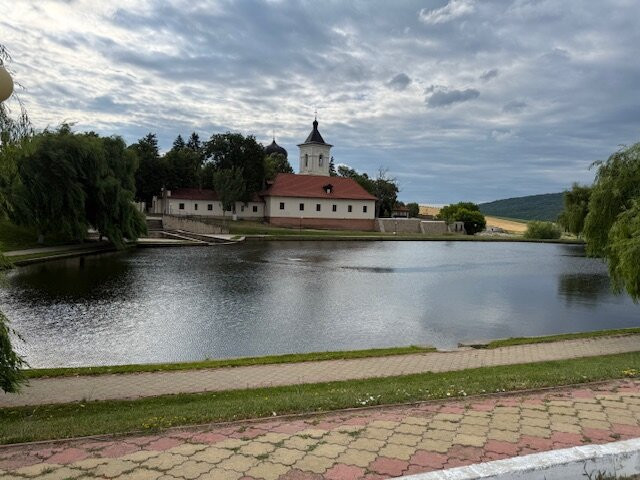
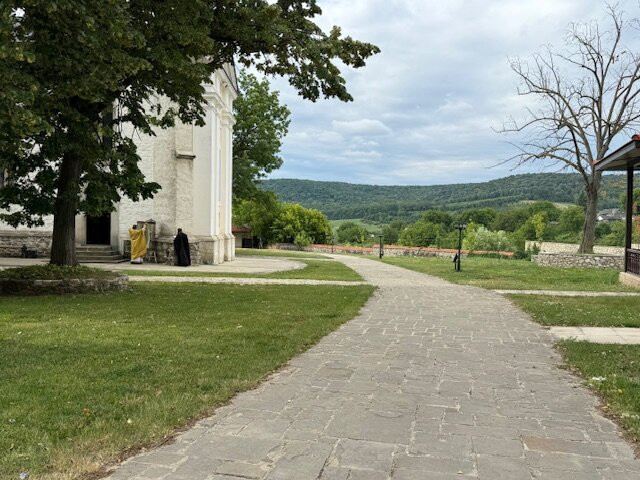
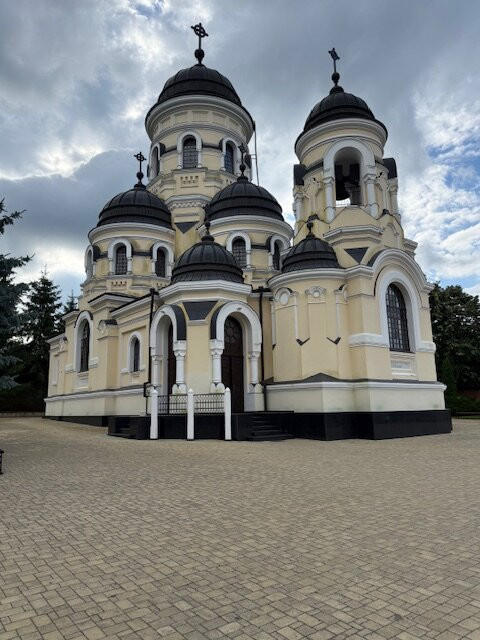
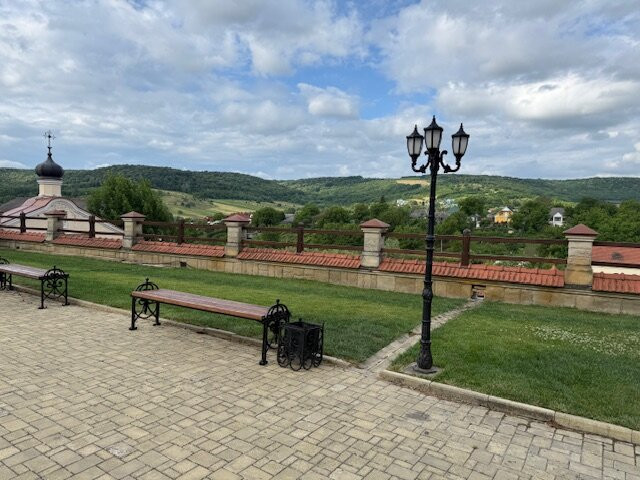
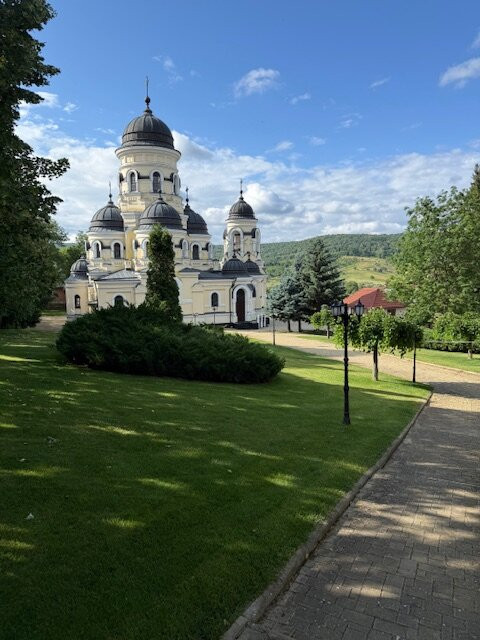
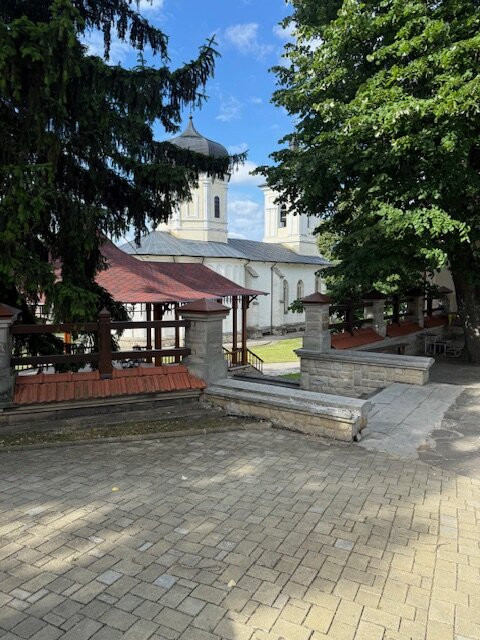
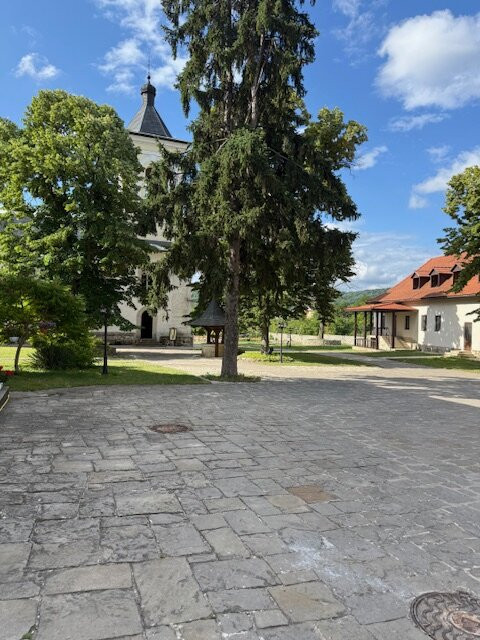
此点评仅代表旅行者个人的主观意见,并不代表TripAdvisor以及其合作方的意见。
关于我们
|
新闻动态
|
商务合作
|
会员中心
|
业主中心
|
业主通
|
常见问题
|
意见反馈
|
联系我们
|
营业执照
© 2025 Tripadvisor 版权所有。
使用条款 |隐私政策 |网站工作原理
部分照片由 VFM Leonardo 提供。
* Tripadvisor不是旅行社,也不是旅游预订服务代理商。我们提供免费、客观、公正的旅游资讯服务。 (显示更多)
TripAdvisor LLC 既不是预订代理商,也不是旅游运营商,不会向网站用户收取任何服务费。 按照规定,在 Tripadvisor 发布机票价格、游览和旅行套餐的合作伙伴(航空公司、旅行提供商及预订代理商),其标价须包含所有费用和附加费用。 例如, 机场出入境税费、消费税与其他服务费、手续费、杂费及附加费用。 当您向我们的某个合作伙伴进行预订时,请务必查阅他们的网站以了解当地行政部门要求的所有适用费用的具体情况。 除非另有说明,机票价格通常指的是一个人的价格(以人民币计)。
为方便起见,TripAdvisor LLC 根据从我们的预订合作伙伴获取的空房率计算每个酒店的均价。 对于游览和景点来说,所显示价格通常是每位成人的最低可用价格。 对于列出的任何旅行套餐或优惠,TripAdvisor LLC 无法保证任何特定的费率或价格。 此外,酒店均价每晚会更新,并以您的首选币种表示(使用现行汇率)。 由于这些已换算的价格是预估价格,因此,有关具体金额和币种请与预订网站进行核实。
此外,TripAdvisor LLC 无法保证我们网站上宣传的价格随时有效。 标价可能需要预订一定天数才能生效,或有不可用日期、使用条件或限制。
TripAdvisor公司对外部网站的内容一概不负责。优惠价格中不含税和其他费用。
ICP证:沪B2-20200433
沪ICP备20013175号
 沪公网安备31010502005427号
沪公网安备31010502005427号鹰程信息技术(上海)有限公司
货币/国家及地区
¥CNY
中国

